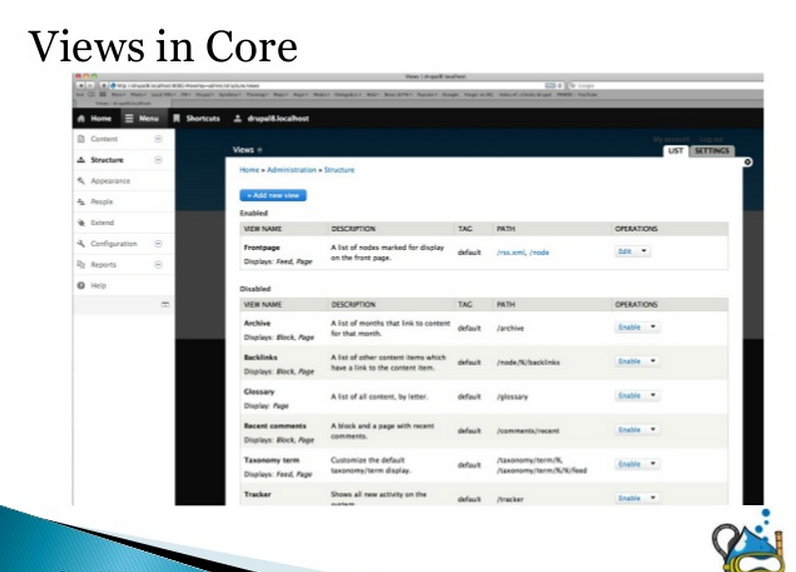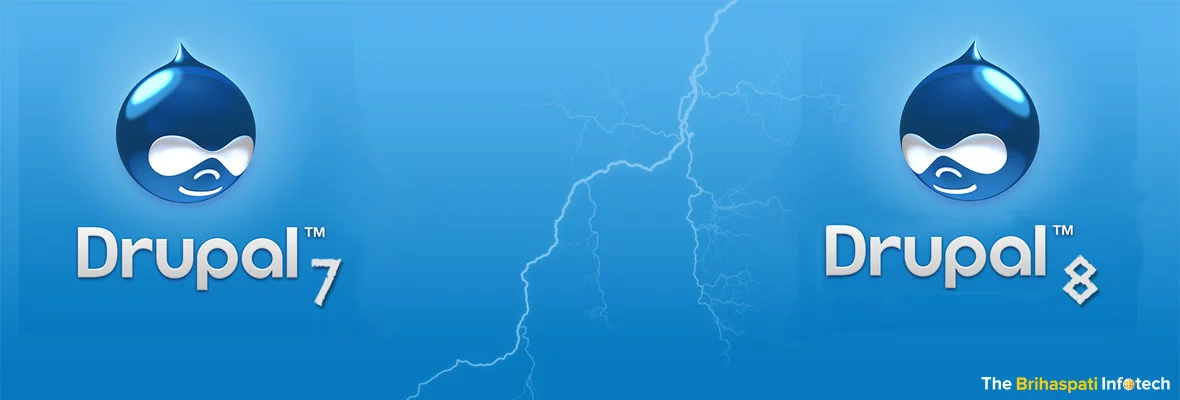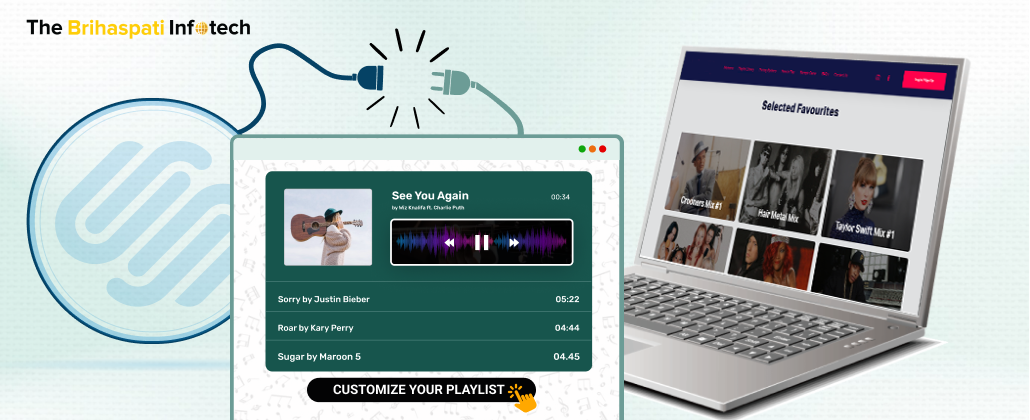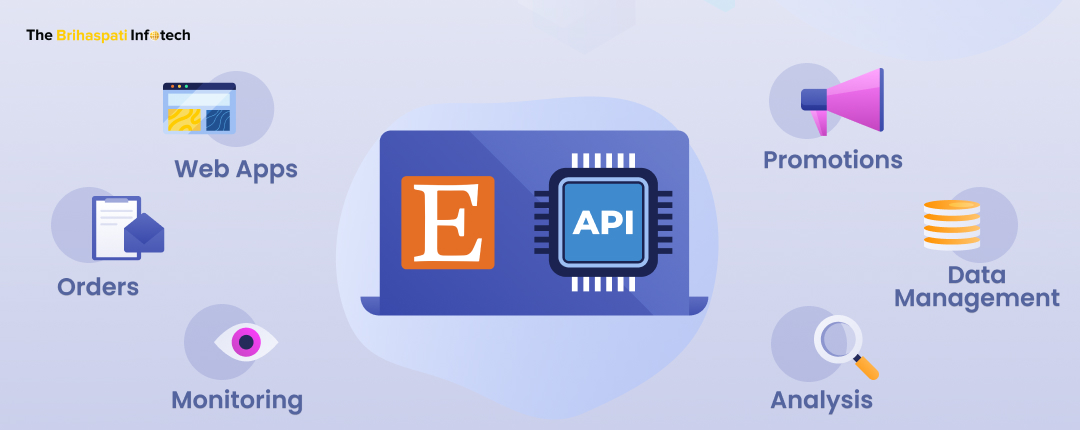The release of Drupal 8 a few months ago did bring a radical overhaul codebase, with some great visual features like a new content creation screen. The open source Content Management System comes with inherent benefits of flexibility, freedom, accountability, security and cost. As Drupal 8, it has arrived with enhanced capabilities of building APIs, displaying data on various devices and catering to multilingual needs of a website. For developers, Drupal 8 has lots of improvements with new file-based configuration management system and use of Symphony 2 framework.
Drupal 8 allows developers to take advantages of RESTFUL web services, expose data as JSON and XML, and use several libraries like Guzzle, Zend Feed Component etc. It leverages more power to developers to do more with less Drupal-specific knowledge.
Here, we have done a performance comparison between Drupal 7 and Drupal 8.
By Default Semantic HTML5 in Drupal 8
As we already know, that HTML5 provides a much better experience on all the devices. This will enable modules and themes to evolve using HTML 5 and allow developers to control the usage of new semantic elements. This has also improved the style and script elements. It provides better and more semantic markup and better accessibility with AIRA roles. Whereas, there was no by default HTML5 in Drupal. Also, the default template engine is added as twig and converted all .tpl.php templates to .html.twig.
Storing Configuration
In Drupal 7 the configuration is stored in the database, with the content, while in Drupal 8 configuration is stored in text files, which, for security reasons, are stored in the database by default. However, it will only be managed and accessed as files.
Views in Cores
This is by far the best enhancement in Drupal 8 as compared to Drupal 7. In Drupal 7, ‘Views’ was the most powerful module in Drupal 7. In Drupal 8, it has been cleaned up to make it much more semantic with accessibility enhancements. Tables now support description elements and HTML5 captions. Views are responsive in nature.

Highly Improved APIs
Drupal 7 offer modern PHP techniques, which includes components with larger PHP community. It has introduced many new APIs and has only kept a few from Drupal 7 and Drupal 6. APIs like routing system, configuration API, Code text translation API, Accessibility tools for JavaScript and many more, which are not present in Drupal 7. The PHP version used is 5.4.5 or higher.
Staging Configuration
In Drupal 8, we have an “Import Configuration” facility that can be used to import either a single configuration file or entire website configuration. This was not the case in Drupal 7, where features provided the staged configuration. Importing the entire website was practically impossible with Drupal 7.
Increased number of core modules in Drupal 8:
The number of modules in core Drupal 8 is more than that in Drupal 7 or Drupal 6.
File structure changes A new folder structure has been introduced in Drupal 8 as compared to Drupal 7
Drupal Hooks
The number of hooks in Drupal 7 was 352 whereas in Drupal 8 they are 338. Also there are 56 new hooks in Drupal 8 and has no depreciated hook.
Drupal 8 has plenty of features that make it better than all the previous versions of this CMS. JavaScript has been updated by two versions, custom functions have been changed, responsive core themes and many more upgrades are there to look forward to. It has set new standards for ease of use for both developers and end-users. It provides us with easily customize data structures, listings, and pages, and new capabilities for displaying data on various devices, building APIs, and adapting to multilingual needs.
We have a team of Drupal developers. For more information on Drupal 8, you can REACH OUT TO US HERE.
Stay Tuned for Latest Updates
Fill out the form to subscribe to our newsletter









